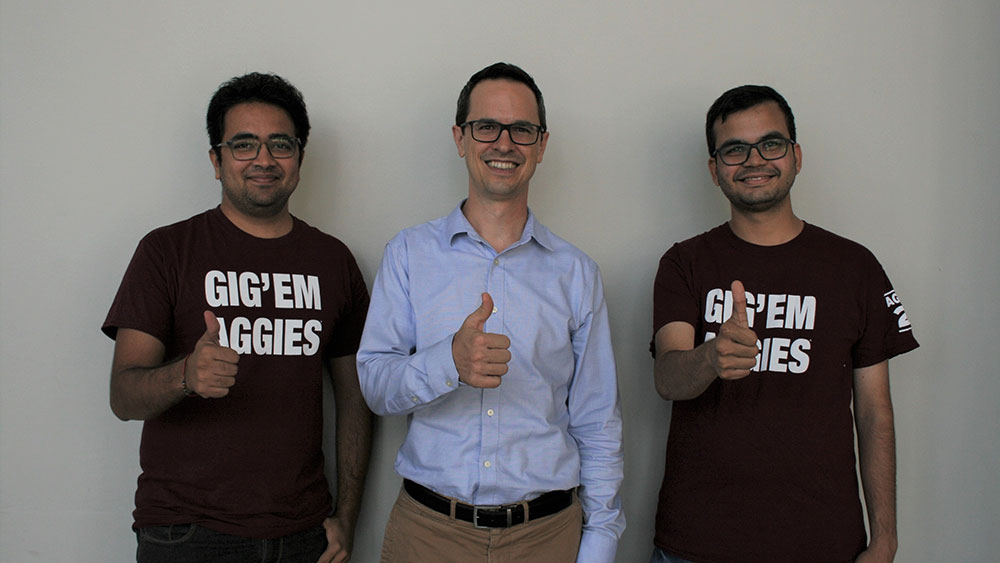
A graduate team from the Department of Industrial and Systems Engineering at Texas A&M University has been awarded
The team, formed in a material handling course, is the first group from Texas A&M to place and included graduate students Nishat Unmeshbhai Mehta and Salil Vijay Rajwade. Dr. Andrew Johnson, associate professor in the Department of Industrial and Systems Engineering, served as their faculty advisor.
Each year, the College Industry Council on Material Handling Education commissions an industry-submitted problem for the case study competition. Student teams are given the information and tasked with designing and proposing a solution within a six week period.
For the 2017-18 contest, the challenge was twofold.
Along with designing a new facility for a growing manufacturer of custom steel components, teams were tasked with integrating an overhead crane system into their layout to help move heavy parts.
“It was basically mapping the entire production flow in a factory,” Mehta said. “I had never worked on a large-scale project like this and I learned how each process related to one another, like designing and material handling (systems). We learned a lot about that with this project because it covered the whole factory.”
After sorting through the data and additional research, the team designed a new facility connected to the existing building and a monorail crane system for material transportation. Attaching the facilities gave the company an efficient option for future expansion.
Rajwade said the experience gave them a better understanding of the concepts presented in their material handling course and allowed them to apply things they learned directly and immediately to a real-world example.
Johnson is proud of his team’s dedication and achievement. He believes that offering hands-on, practical experiences is important for helping students grow and plans to continue participating in the contest in the future.
“I want to give students a new challenge,” he said. “If I reuse the same project from past years, then I often get the same answers. Having a design competition like this where they receive information about a company and get an industry problem with actual industry data for students to solve is a great opportunity.”